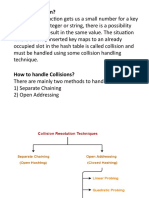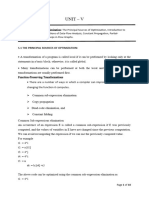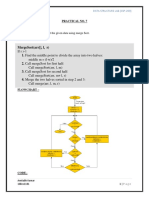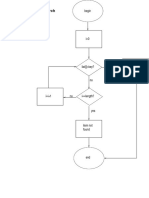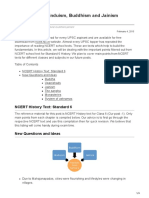0% found this document useful (0 votes)
153 views30 pagesIntro to Recursion for CS Students
The document introduces recursion by providing examples of recursive functions and how they work. It explains that a recursive function is one that calls itself, provides examples of problems solved through recursion, and walks through a simple recursive counting program. It then uses stacks to visualize how recursion works by pushing function calls onto the stack and popping them off when the function returns. Finally, it provides examples of using recursion to compute factorials by breaking the problem down into base cases and recursive steps.
Uploaded by
Salman SakibCopyright
© © All Rights Reserved
We take content rights seriously. If you suspect this is your content, claim it here.
Available Formats
Download as PPT, PDF, TXT or read online on Scribd
0% found this document useful (0 votes)
153 views30 pagesIntro to Recursion for CS Students
The document introduces recursion by providing examples of recursive functions and how they work. It explains that a recursive function is one that calls itself, provides examples of problems solved through recursion, and walks through a simple recursive counting program. It then uses stacks to visualize how recursion works by pushing function calls onto the stack and popping them off when the function returns. Finally, it provides examples of using recursion to compute factorials by breaking the problem down into base cases and recursive steps.
Uploaded by
Salman SakibCopyright
© © All Rights Reserved
We take content rights seriously. If you suspect this is your content, claim it here.
Available Formats
Download as PPT, PDF, TXT or read online on Scribd
/ 30

























